333 Ravenswood Avenue
Menlo Park
California - 94025
|
|
SRI International
333 Ravenswood Avenue
Menlo Park
California - 94025
|
|
HIV and Alcohol Study - Charles Walter Buntjer
Overview of the Project - January 09 & 10 - 2025
We are now re-inviting interested participants for a follow-up study of the HIV and Alcohol study that you had participated in before. See below for more information about the study.
1 (650) 859-3541 Daria Shariff at SRI International
Email us at daria.shariff@sri.com
The lab I work at, SRI International, is still looking for research subjects! This is a great way to contribute to important scientific studies. All subjects are compensated for their time!
Please take a moment to see if you qualify, and please feel free to message me privately if you want to know more about what participation in these studies is like. You will be compensated for your time. If interested, please call (650) 859-3541 at SRI International ANYTIME and leave your NAME and personal PHONE NUMBER on our private recorder.
SRI Letter to Qualify for the HIV - Alcohol Disease Study
Hi Charles,
Hope you're having a great day! My name is Daria, I am a research technician at SRI International. I am writing because you participated in an HIV and Alcohol's Disease study a couple of years ago. You had indicated at the time that you were interested in hearing about our studies in the future and potentially participating.
Here is some information about the current study:
Our research study is looking at how healthy aging, aging with HIV infection, and aging with Alcohol may affect the brain, cognition, sleep, and movement.
Participation involves:
- Two in-person visits at SRI International in Menlo Park: A baseline Visit-1 and a Visit-2 after 24 months.
- A brief phone check-in at 12 months.
We will schedule two in-person days to complete all baseline assessments (Visit-1). Scheduling can be flexible to accommodate your needs.
Here is an overview of baseline study involvement:
- Learn more about the study and give consent to participate
- A clinical interview and questions about your medical history
- Motor movement and neurological exam
- Paper and pencil cognitive tests
- Blood sample
- MRI brain scan
- Sleep device set-up (wrist device and Oura ring) to wear at home for 2-weeks
As compensation for your time, you will receive $200 after completing the baseline Visit-1, $50 for the 2-week at-home sleep recording, and you will receive another $200 after completing the follow-up laboratory Visit-2 at 24 months.
If you are still interested in participating, I would love to schedule a phone interview with you to see if you are eligible to participate and safe to go into the MRI scanner.
Please respond to this email (daria.shariff@sri.com) or call me (650-859-3541) to schedule the phone interview. Also, please let me know if you have any questions at all!
Thank you, Daria
Daria Shariff
- SRI International
- Center for Health Sciences
- Bioscience Research Technician
Overview of SRI International
SRI International (SRI) is an American nonprofit research institute headquartered in Menlo Park, California. The trustees of Stanford University established SRI in 1946 as a center of innovation to support economic development in the region.
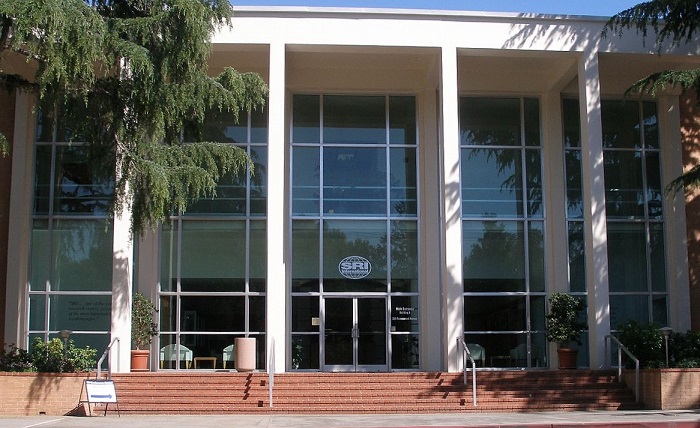
SRI is an independent, nonprofit research center that works with clients to take the most advanced R&D from the laboratory to the marketplace. Serving government and industry, we collaborate across technical and scientific disciplines to generate real innovation and create high value for our clients.
We invent solutions that solve your most challenging problems today and look ahead to the needs of the future. For more than 70 years, we've led the discovery and design of ground-breaking products, technologies, and industries - from Siri and online banking to medical ultrasound, cancer treatments, and much more.
The organization was founded as the Stanford Research Institute. SRI formally separated from Stanford University in 1970 and became known as SRI International in 1977. SRI performs client-sponsored research and development for government agencies, commercial businesses, and private foundations. It also licenses its technologies, forms strategic partnerships, sells products, and creates spin-off companies. SRI's annual revenue in 2014 was approximately $540 million. SRI's headquarters are located near the Stanford University campus. William A. Jeffrey has served as SRI's president and CEO since September 2014.
SRI employs about 2,100 people. Sarnoff Corporation, a wholly owned subsidiary of SRI since 1988, was fully integrated into SRI in January 2011.
SRI's focus areas include biomedical sciences, chemistry and materials, computing, Earth and space systems, economic development, education and learning, energy and environmental technology, security and national defense, as well as sensing and devices. SRI has received more than 4,000 patents and patent applications worldwide.
The testing location is on the train line from San Francisco to San Jose at the Menlo Park station, Stanford.
Caltrain Schedule
It looks like Caltrain has good schedules for traveling along the pennisula from San Francisco to the San Jose. Hopefully this will work out for me.
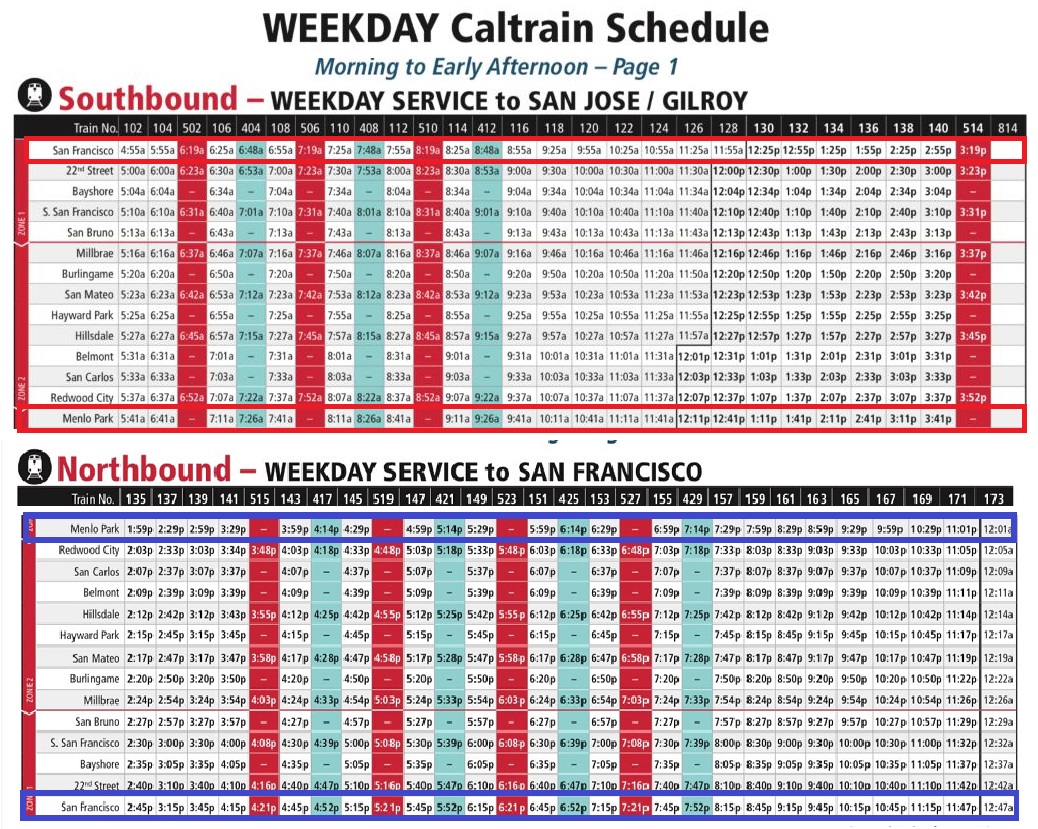
Basic Testing
I entered the equipment at 10 a.m. and was in until just after noon, two hours. Three sets of imaging, 25 minutes with a five minute time inbetween. I was in the CT Scanner all the time and had good results.
Oura Ring
I was asked to wear both electronic devices for almost two weeks and each morning, fill out a sleep form and charge the ring and then open the App to update the data.
Axivity AX3 Wrist Band
The AX3 is a data logger that features a state of the art MEMS 3-axis accelerometer and Flash based on-board memory. It incorporates a real-time quartz clock and temperature sensor. The device is ideal for collecting longitudinal movement data. The AX3 is being used by UK Biobank to capture 7-day physical activity data for 100K participants. It has an open API, RAW data format, and parallel download options, making it the sensor of choice for large and small cohort studies
The AX3 device is suitable for monitoring human movement data. However, for successful data capture the AX3 must be securely fastened to the target with minimal room for vibration, slip or twist; this helps preserve only the motions of the target are captured. In addition, an attachment convention for device orientation will assist in consistent and comparable datasets being gathered. The below is a suggested orientation convention for popular body mounting sites. With the exception of the left wrist, the USB port is configured to point towards the ground.
The light sensor on the AX3 is a logarithmic lux sensor that has a wavelength characteristic close to that of the human eye. Without calibration the sensor can only be used qualitatively due to part variations; That is, comparison between devices is not possible. This is mainly because the sensor output is effected by the light attenuation of its particular enclosure, but also due to the variability of the sensor component. Some level of calibration is essential if the output is to be used quantitavely and to allow comparison between devices. The calibration must take into account the non-linear aspect of the logarithmic sensor and this should use the equation below which approximates the lux level at the sensor surface. A reasonable calibration can then be achieved by applying a coefficient to the approximated lux to take into account the linear attenuation of the enclosure. When measuring this coefficient the user should ensure that they choose a calibration point in the middle of the device operating range and use an incandescent light source. A suggested operating point would be 1k lux. To use the light sensor values, the user must scale the raw ADC values according to the following equation:
Created
on 2024.11.09
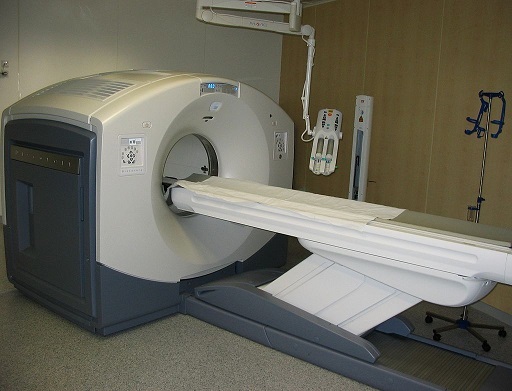
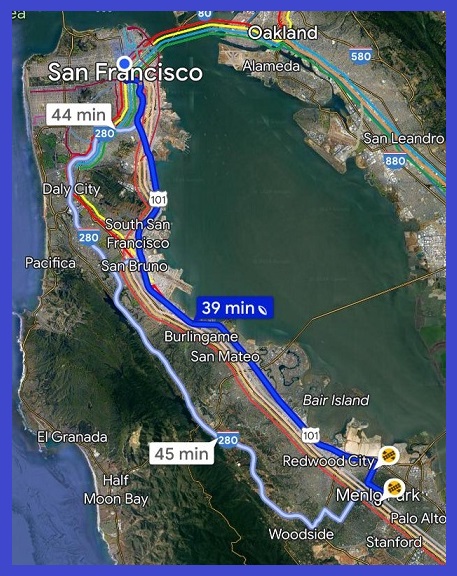
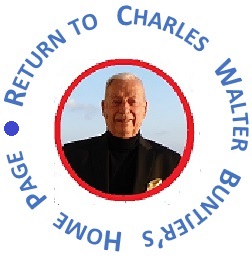 Updated on
2025.01.20
Updated on
2025.01.20